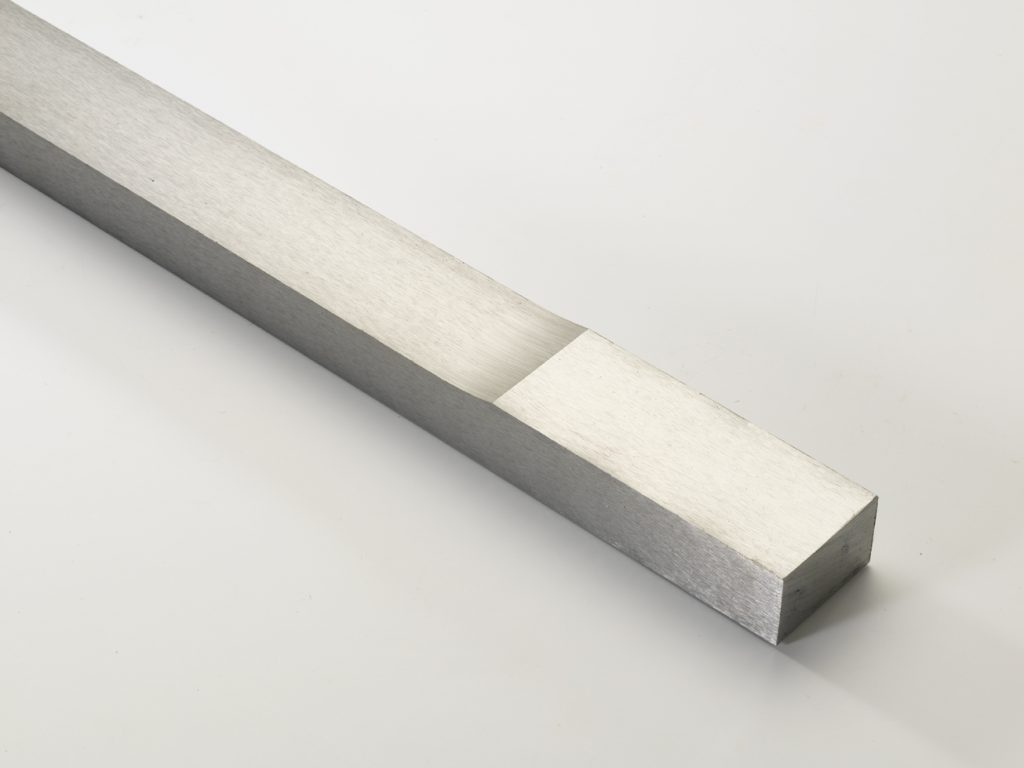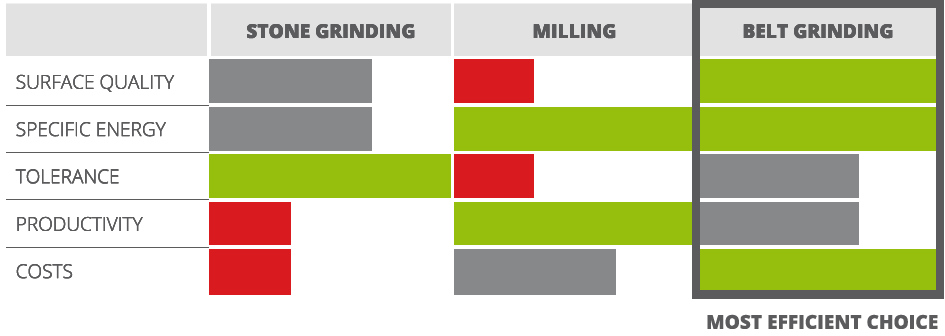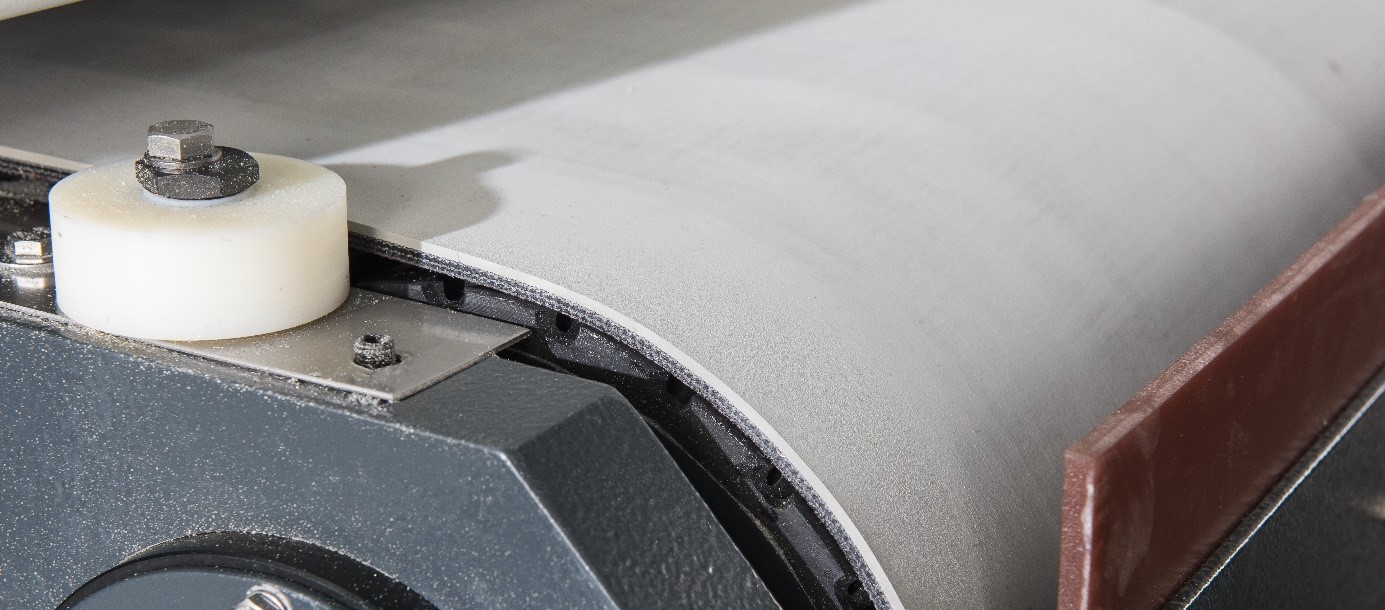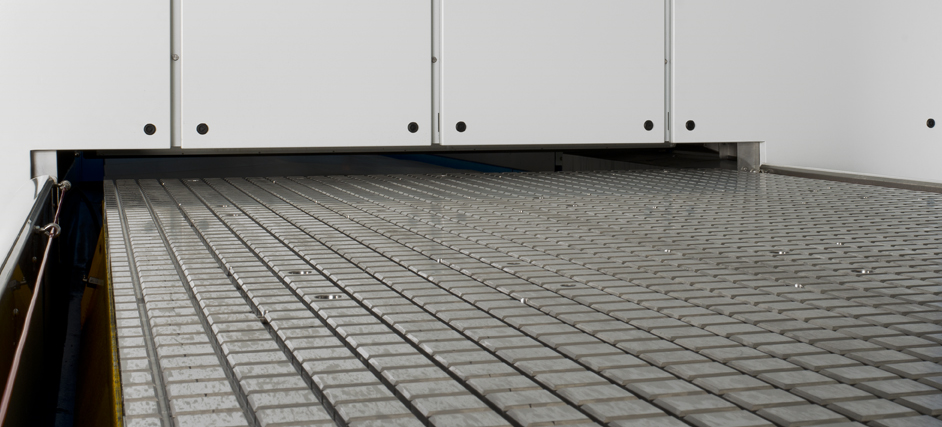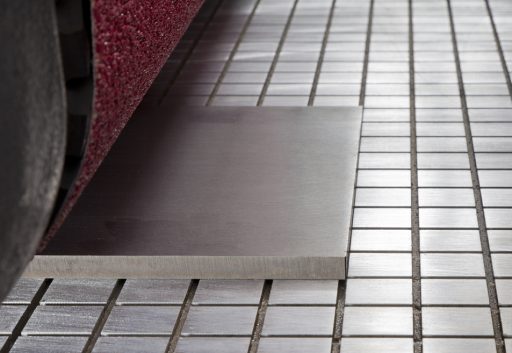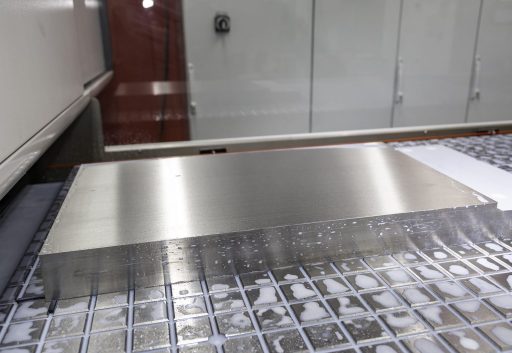Precision grinding is the removal of material from the surface of a metal workpiece, while creating a smooth finish in the process. The following parts give a good example of the results from precision grinding:

What type of precision grinding machines are there?
There are several types of precision grinding machines available on the market. The most common ones are listed below.
Milling machines
Milling uses rotary cutters that advance into a workpiece to remove material in a fast way. The speed, pressure and direction of these cutters can be adjusted. However, it becomes difficult to process thin sheets and the surface finish may need additional processing.
Stone grinding machines
Stone grinding uses stone grinding wheels to deliver a surface finish and accuracy, even to 3D-curved surfaces. The tolerance is very high, though it does take some time to properly adjust and balance the abrasive wheels and replacement of the stone wheels is expensive.
Abrasive belt grinding machines
Abrasive belt grinding uses belts with a coating of abrasives to process all sorts of sheet metal. The belts can easily be changed when switching between stock removal and finishing. These belts do not have to be balanced, unlike an abrasive wheel. Although this method is not as fast as milling, it does result in a high quality surface finish and a low input of specific energy into the material.
We have compared these methods in this table, to give a good overview of each method’s advantages.
What does a precision grinding machine do?
The precision surface grinding machine uses the grinding tools to remove stock from metal parts in small volumes, in a predetermined thickness: tapered, U-shaped or flat.

Timesavers’ precision grinding machines
Timesavers introduced its first precision grinding machine in 2005 and is now offering grinding machines including the abrasive belts technique as the ultimate solution.
Advantages of abrasive grinding
- High level of quality, consistency and accuracy
- Long lifetime of belts with high cutting rate
- Short changing time of tools
- Capable of running under dry or wet operations
- Can process any type of metal, such as: titanium, aluminium, nickel alloys, carbon steel, molybdenum and stainless steel
- Can process thick as well as thin sheet metal
At Timesavers, we pay attention to your needs and requirements and therefore our 81 Series precision grinding machine can be completely tailored to your wishes. The grinding machine will be built with belt(s) and/or brush(es), according to your needs, and ancillary equipment is offered. For instance roller, stacking and de-stacking units, coolant filters, turnover units and conveyors and tables. Timesavers offers a range of table executions that affects the accuracy of the precision grinding:
- Conveyor belt; this oil and heat resistant transport belt has a speed from 0.1 to 10 m/min and can handle plates with a thickness of 1 mm to a maximum of 100 mm. An accuracy of +/- 0.07 mm can be achieved.
- Roller table; this table guarantees a constant grinding result for plates with a thickness of 0.4 mm up to a maximum of 20 mm. The rollers ensure equal pressure on the material, so it produces a finish with the accuracy of +/- 0.05 mm.
- Reciprocating table; this type of execution is used for high precision grinding with a possible accuracy of +/- 0.02 mm. The material is kept in place by either the vacuum system or the magnetic chuck. This table can be used for small plates with a thickness of 0.25 mm to a maximum of 100 mm.
The 81 series comes with a central control panel and Siemens HMI on the machine itself or a desk for ease of operation. The machine has an accuracy of 0.02 mm and removes per grinding stroke up to 0.2 mm of material. In addition, the components will get a high quality finish because of the surface grinder. The machine can be used for wet or dry grinding processes, thanks to the integrated vacuum system with segments that can operate individually.
Curious what the 81 series precision grinding machine could do for you? Contact us!
About precision grinding
+
What is precision grinding?
Precision grinding is the grinding of metal to a predetermined thickness, either flat or in a U or tapered shape. One of the techniques to ensure precision is the use of abrasive belts that grind off layers from metal.
+
When is precision grinding needed?
Precision grinding has almost no heat input and is ideally for projects that need high tolerances.
+
What kind of finishes can be produced by a Timesavers precision grinder?
Metal or special alloys can be grind to a predetermined thickness: flat, U shape or tapered shape
+
What precision grind technique can be used for plates and parts?
Abrasive grinding belts ensure the best surface quality and are able to apply the needed energy when grinding. Not to mention that belts are easily being changed in between shifts and the costs of them are low.
+
Milling vs Precision grinding?
Although milling is a popular way of precision grinding, it does not as precise as grinding belts, nor does it leave the product with a high surface quality.
+
What metals can be precision ground?
What metals can be precision ground?
It is possible to grind special alloys/metals such as aluminium, steel, stainless steel, titanium, molybdenum and zirconium.
